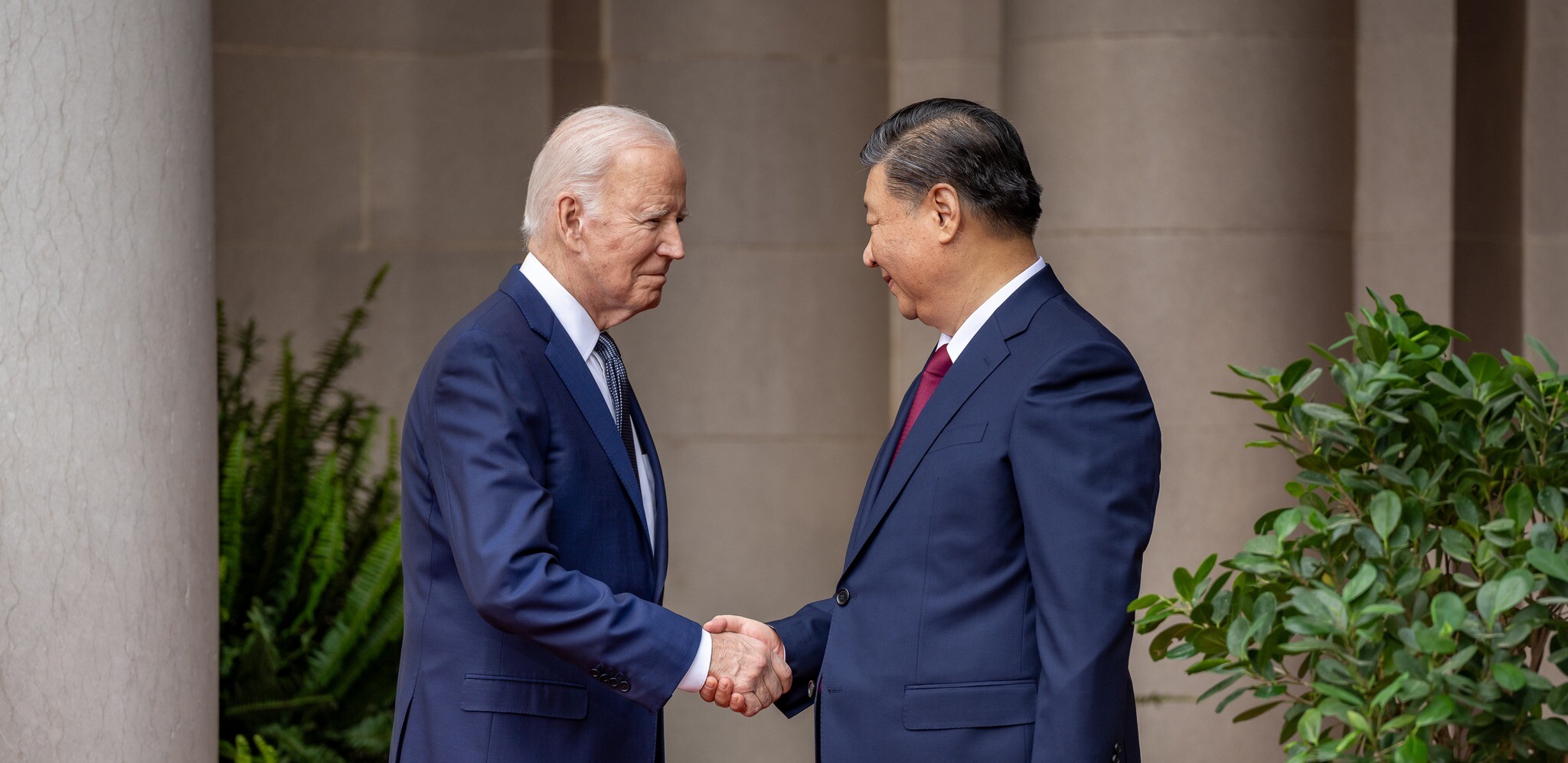


Countering China’s Great Game: A Strategy for American Dominance
By Michael Sobolik
(Naval Institute Press, 161 pages, $22)
Sometimes small books can have big impacts — one thinks of Machiavelli’s The Prince, Halford Mackinder’s Democratic Ideals and Reality, Norman Podhoretz’s The Present Danger, and, more recently, Robert Kaplan’s The Tragic Mind. Michael Sobolik’s Countering China’s Great Game: A Strategy for American Dominance is a mere 161 pages of text, but if policymakers in Washington read it and broadly follow its suggestions, the United States may be in a better position to ultimately prevail in our current Cold War with China.
READ MORE from Francis P. Sempa: The US Has Never Pivoted to the Indo-Pacific
Sobolik is a senior fellow in Indo-Pacific Studies at the American Foreign Policy Council who previously served on the staff of Sen. Ted Cruz. China’s “great game” that the United States needs to counter, he writes, is its Belt and Road Initiative (BRI), which he rightly describes as a geopolitical offensive to extend China’s influence throughout Eurasia and beyond. Sobolik invokes Mackinder in warning that President Xi Jinping’s goal is to supplant the U.S. as “the dominant force across the entirety of Eurasia” and to extend its political influence to Africa to achieve predominance on what Mackinder called the “World-Island” (Eurasia-Africa). The BRI, he writes, is designed to “unite[] Eurasia on China’s terms.”
Sobolik explains that Xi’s BRI began with both a land and maritime component (the Silk Road and Maritime Silk Road) but has since expanded to include a Digital Silk Road, Polar Silk Road, and Health Silk Road. Sobolik also places the BRI in the context of China’s imperial past — its history of geopolitical expansion long before it was governed by the Communist Party. China, he writes, has its own unique “strategic culture” that dates back to at least 221 B.C., when the Qin unified China under one emperor under the “Mandate of Heaven.” Under the successor Han dynasty, Chinese rulers embraced the ideology of “imperial Confucianism,” which included a “quest for hegemony.” “While dynasties rose and fell,” Sobolik writes, “China continued to expand its borders and colonize its neighbors in pursuit of heaven’s mandate.” The CCP, he explains, has continued that strategic culture.
Sobolik’s analysis of the sources of Chinese strategic culture is reminiscent of George Kennan’s famous “X” article, which in 1947 traced the sources of Soviet conduct to Russia’s imperial past. Kennan wrote that Soviet foreign policy derived from a combination of Russian strategic culture and communist ideology. The same is true of China.
The BRI is today’s version of China as the “Middle Kingdom,” the center of the world with other nations as part of a “tribute system.” China seeks a “sinocentric world,” which can only come about with America’s decline. The BRI is the geopolitical offensive designed to usher in that sinocentric world order.
Sobolik views China’s aggressive moves in the South China Sea, western Pacific Ocean, and Indian Ocean as a direct challenge to American sea power. China’s extension of the BRI to Africa, Europe, and the Western Hemisphere indicates that China’s “manifest destiny” is global in nature. Sobolik notes that China claims a Monroe Doctrine–like exclusivity in the western Pacific while simultaneously seeking to undermine the U.S. Monroe Doctrine in Latin America. American policymakers who view the BRI as simply an infrastructure and economic program instead of an “imperial project” misread China’s goals and will likely fail to formulate and implement policies designed to counter it.
For far too long, Sobolik writes, the United States engaged China as a result of a “triumphalist hangover” after winning the Cold War against the Soviet Union. Western political leaders thought China was abandoning communism and would integrate into the “rules-based international order.” Western businessmen invested heavily in China, helping to fuel its economic and military rise. Some of that hangover endures as the Biden administration attempts both to engage and compete with China. There is no policymaker in the current administration who is sympathetic to Sobolik’s proposed Reaganite approach of implementing a “whole of government” approach to countering China’s imperial designs.
Sobolik suggests that we need to end our fixation with the Middle East and Ukraine — they are of secondary importance compared to China. That means not ending assistance to Israel or Ukraine but instead prioritizing our struggle with the Chinese Communist Party (CCP). He acknowledges the need to win the military balance vis-à-vis China, but by itself that will not bring victory without war. We need to attack the BRI at its source by sanctioning Chinese companies and conducting effective public diplomacy against the CCP and its human rights abuses. We should pour more resources into “information warfare” by working to pierce China’s internet firewall and censorship regime. We should exploit the vulnerabilities of the BRI and undermine CCP rule in China. Like Reagan, we need a president and a national security team who will seek victory without war — “we win, they lose.”
